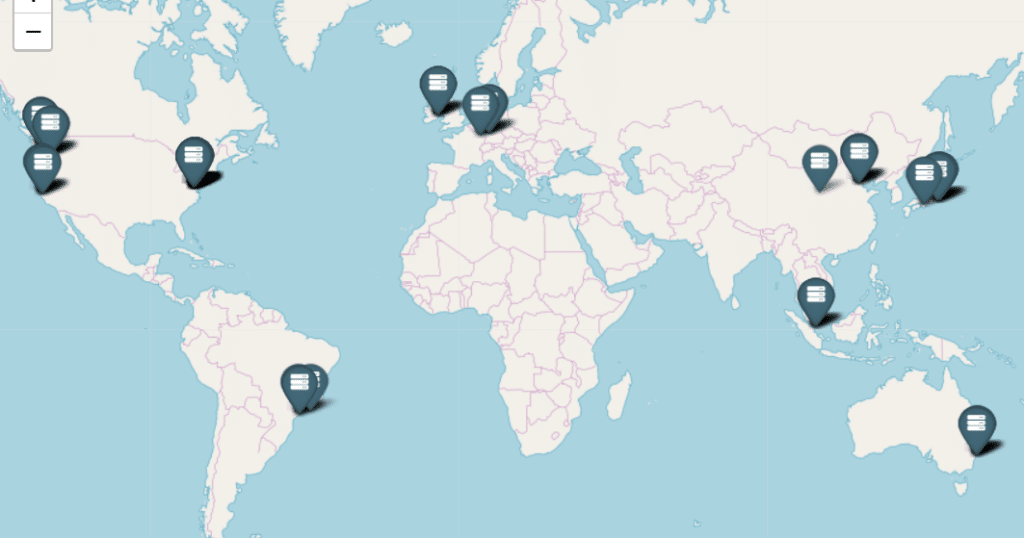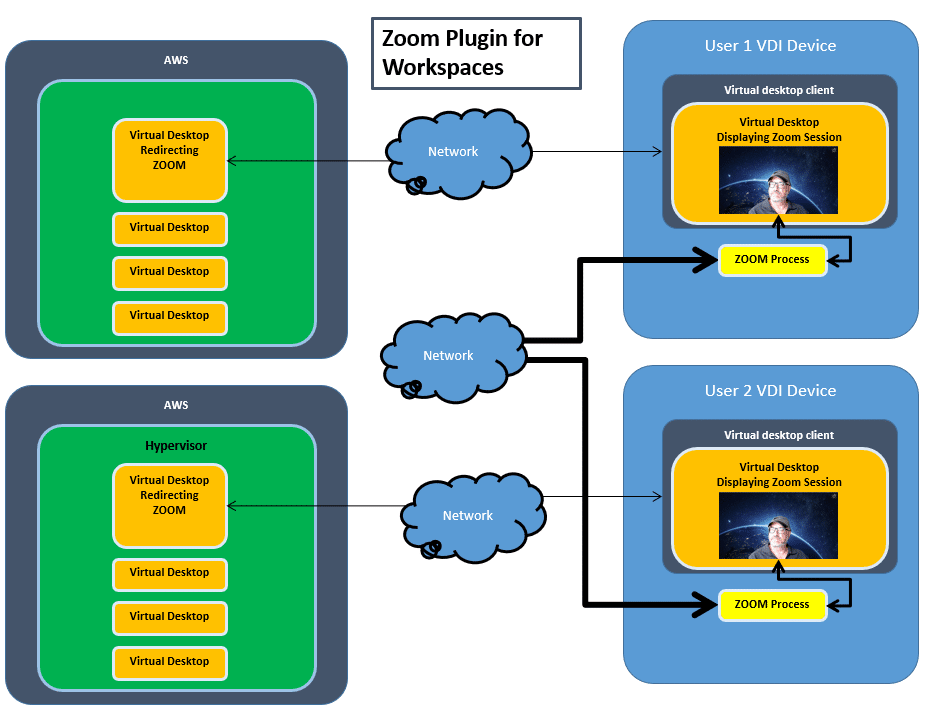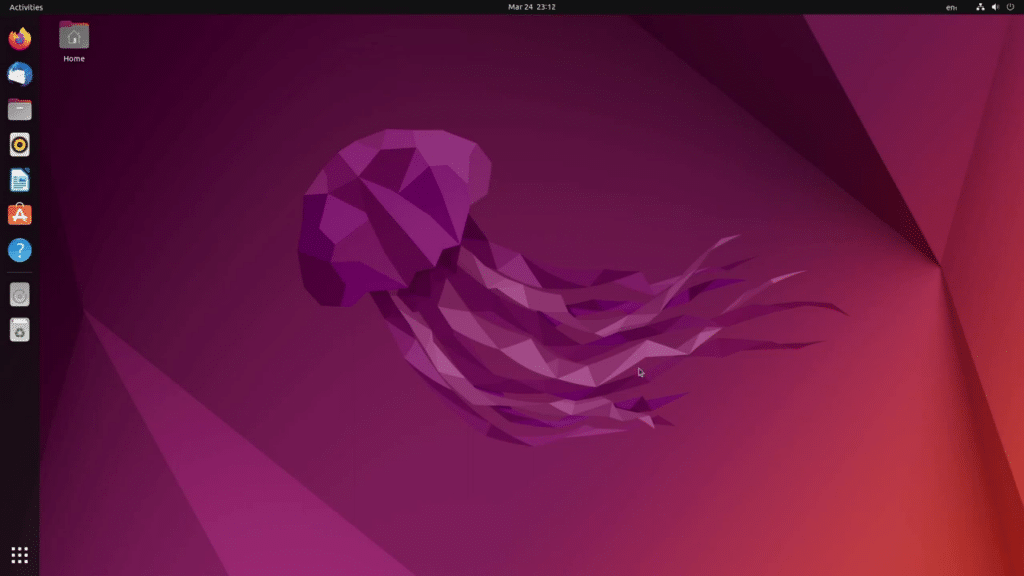AWS End User Computing Innovation Day, Amazon was held on Sept. 29, 2022. At this virtual event, AWS made a few announcements that caught our eye. Amazon WorkSpaces, first released in 2014, allowed you to have cloud-based Microsoft Windows and Linux desktops. Although there was some acceptance of Workspace, it never quite caught on as it lacked the means to fully integrate with VDI solutions from long-time VDI players like Horizon, Citrix, and Leostream.

It looks like AWS is going to remediate those issues as the one announcement that really caught our attention was that AWS will be offering a fully managed, infrastructure-only VDI offering – Amazon WorkSpaces Core. Core will provide a cloud-based, fully-managed virtual desktop infrastructure (VDI) accessible to third-party VDI management solutions via an API. This API will allow the third-party products to programmatically deploy and manage WorkSpaces desktops, something that was not possible previously.
The main selling point for VDI vendors is that it will provide AWS desktops that are reliable, secure, and global availability with pay-as-you-use pricing. People who have invested in a VDI solution will be able to use the VDI platform and workflows that they are already comfortable with. They will be able to choose the best desktop for their workload, including GPU, high-memory, and CPU-core-enabled desktops. Customers will be able to deploy desktops in the geolocation of their choice to reduce latency and protect data sovereignty.

Karen Gondoly, CEO at Leostream said this about Core:
Leostream is excited about the possibilities opened up by the AWS Workspaces Core offering. We’ve been asked, in the past, if we can manage AWS Workspaces alongside the other platforms we support, and Workspaces Core provides APIs that allow us to do just that. Our customers will be able to choose if they design their infrastructure using our native EC2 support or leverage the purpose-built VDI infrastructure provided by Workspaces. The latter opens new avenues for IT teams with less EC2 experience to provide secure, cost-effective remote access solutions.
VMware announced their Horizon 8 customers will be able to deploy Horizon virtual desktops on Amazon WorkSpaces Core. VMware says that Horizon will be using Core’s new API to “seamlessly provision and manage Amazon WorkSpaces Core capacity.” VMware said that they have been painfully aware that many of their customers have been, or are currently, looking to have public clouds to run workloads like virtual desktops. As a proof of concept for WorkSpaces, Core was shown working in conjunction with VMware Horizon.
AWS made a few other announcements to improve the user’s experience with their desktops at the conference that we found interesting.
During the past two years, we have seen unified communication programs shift from being nice-to-have applications to must-have work tools. Amazon has worked with Zoom and now has a plug-in in beta that will reroute video conferencing traffic to take a more direct route to the endpoint device, bypassing the virtual desktop. This will improve call quality, and lower call latency.

Amazon announced that they will offer Ubuntu desktops as well as Microsoft Windows and Amazon Linux Desktops. Amazon sees this as an offering that engineers and developers alike will be attracted to as a recent survey shows that two-thirds of professional developers are already using Ubuntu.
Amazon believes that this offering will give users a secure, cost-efficient Ubuntu desktop that can be provisioned and managed at scale. Looking at the AWS WorkSpaces pricing structure, we found that on the low-end a Value (1 vCPU, 2 GB memory, 175 GB, 100 GB) and on the high-end, a PowerPro (8 vCPU, 32 GB memory, 80 GB, 10 GB) Ubuntu desktop cost $20 and $125, while an equivalent Windows desktop cost $19 and $127. While running Ubuntu will not be a cost-saving measure, it is designed to provide users with the desktop and the tools that they are currently accustomed to.

These announcements show a renewed interest by AWS in desktops, specifically, the enterprise desktops that already have a VDI solution in place or existing AWS customers who are looking to transition to virtual desktops for their users.




 Amazon
Amazon